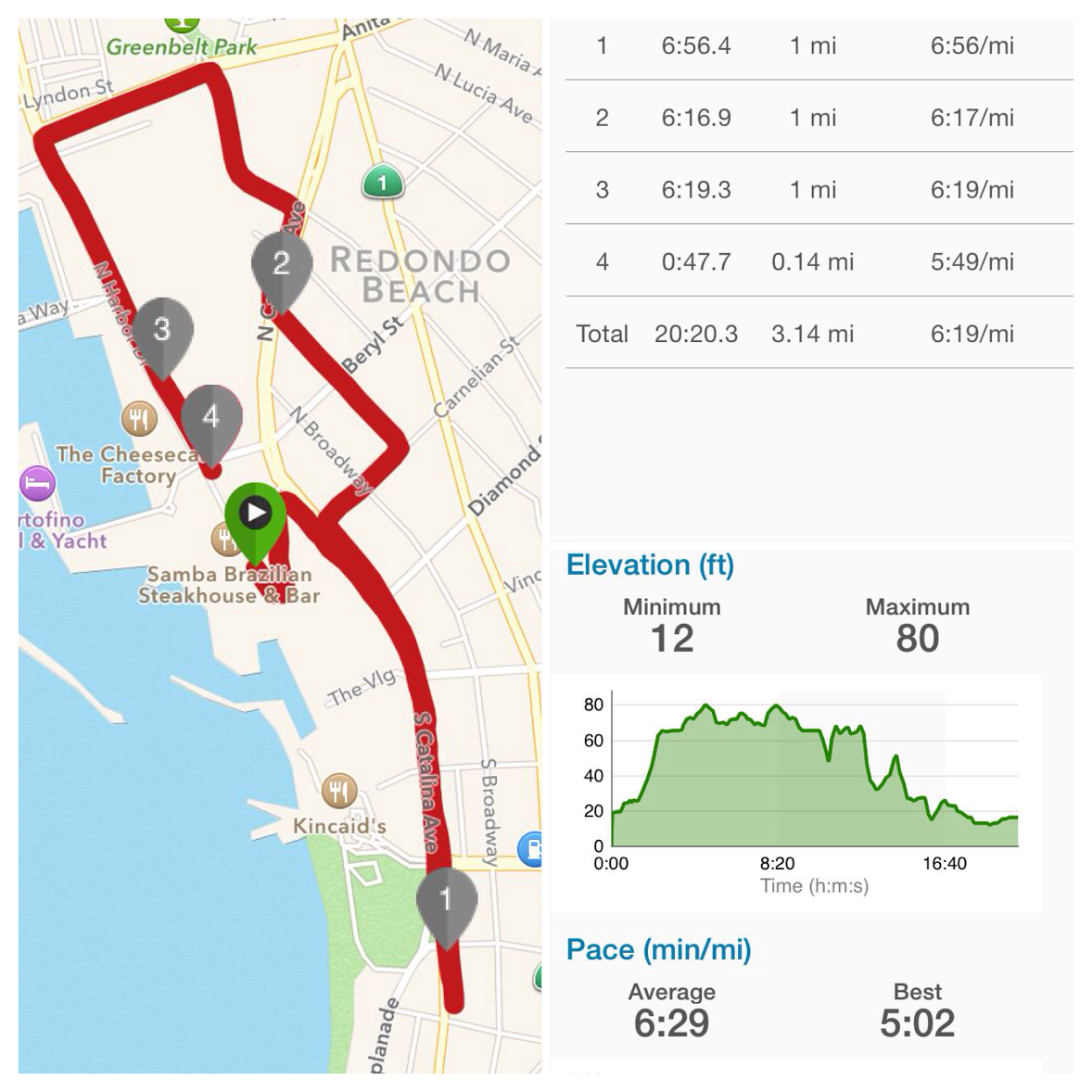
A mix of classes and physical activity is a common feature in health and fitness programs. The program's first year includes a health education course, which combines knowledge about basic health and practical skills. Students take power aerobics and group fitness classes in the second year. Students can also take weight training classes. For first-year students, both classes focused on health education and those that are fitness-focused require a prerequisite. For more information visit the Health and Fitness Program website.
NFPA 1500
To prevent work-related injuries from occurring, a fire department must implement NFPA 1500's health and fitness program. The standard details the reasons for implementing such a program and outlines mechanisms for its implementation. Because it is an integral part of their operational capabilities, fire departments must focus on their employees' overall health and fitness. A well-developed program for health and fitness will help improve performance and reduce the number of accidents. It will also promote retention.
Texercise
The Texercise program promotes healthy habits and prevention. It offers facilitator-led classes, which focus on nutrition. Participants can discuss their concerns and make positive changes in a group setting. Every class requires that participants bring a water bottle. The handbook is available for free download.

Aerobics Class
You might consider enrolling in an aerobics class if you are looking for a great way to improve your exercise routine. Not only can it be fun and exciting, but you'll also increase your stamina, energy, and endurance! Aerobics classes include a variety exercises to suit all fitness levels. Instructors lead participants through the exercises with feedback. Aerobics classes are a great way to reduce injuries, avoid boredom, improve your health, and reach your goals.
Total Health and Fitness
The most important element of a successful health and fitness program is eating sensibly. It takes effort to create delicious meals, follow strict meal plans and count calories. Total Health and Fitness takes all the guesswork out planning meals and creates menus that are simple to follow. It also includes detailed preparation instructions and shopping list. Total Health even guides you while dining out. The month of June is marked by a 10% discount when you sign up for new agreements.
John F. Kennedy's health and fitness program
Kennedy, a young and fit President, felt that America had become "soft". He challenged the nation to get into shape. Children began to do more pull-ups, push-ups, and competitions for fitness awards. The program was so popular that more than 4000 schools signed up. The program was expanded to include female participants in the following years. Although it's likely that America's youth were healthier before the 1960s and the program for health and fitness was one of America's most significant changes,

FAQ
What is the best exercise routine to build muscle?
There are two main things you must do when building muscle mass. These are isolation exercises and compound moves. While isolating exercises target specific muscles, compound movements are designed to focus on multiple muscle groups at once.
Choose exercises that test all your major muscle groups to improve your workouts. This ensures you're always pushing yourself during your workouts.
MyFitnessPal can help you keep track of your activity. It allows you log everything, including calories burned and weight lifted. You can even create customized meal plans that are based on your goals.
How many calories do I need to eat each day?
It varies from one person to another. On average, between 2000 and 2500 calories a day. You need to determine how many calories you need based on age, gender, height, weight, activity level, and lifestyle.
Do I have to do it every day?
No! At least 30 minutes moderate-intensity exercise five days per week is a good goal. That could mean walking fast enough for you to get slightly out of breath and biking hard enough for you to sweat.
Why is Metabolic Wellness the Key to Aging Well
People are living longer lives today than at any point in history. However, people are getting sicker as they live longer. And while we've made great strides in medical science, it's becoming increasingly clear that our current approach isn't working.
It's time to change our perceptions of health and aging. For healthy aging, it is important to look at metabolic well-being - not just weight reduction but overall wellbeing.
Your metabolism must be strong and healthy to ensure you live an active lifestyle for many years to come.
There are many options to improve your metabolic health. One way is to include these 7 foods in your diet.
-
Resveratrol in blueberries has been shown to support cell longevity. They also contain antioxidants and vitamins C & E.
-
Lentils and pinto beans, which are legumes, provide great fiber and plant-based sources of protein. These nutrients help to keep blood sugar levels constant so they don't spike and crash.
-
Broccoli's sulforaphane has been shown to protect DNA from damage in research. It may even slow down the progress of cancer.
-
Chia Seeds have high levels of omega-3 fatty oils and fiber. They are high in protein and antioxidants. All of these nutrients help promote heart health, brain function, and gut health.
-
Green Tea is rich in polyphenols known as catechins. Green tea's catechins have been linked with reduced bone fractures as well as cardiovascular disease, cognitive decline, dementia, and increased diabetes risk.
-
Salmonis packed with vitamin D, low in saturatedfat and one of best sources of lean meat.
-
Walnuts are rich in omega-3s as well as antioxidants such alpha lipoic acids (ALA). ALA helps boost energy production and protects against inflammation.
Is it true that overeating protein causes kidney stones?
Protein helps maintain healthy bone and tissue. But consuming too much protein can lead to calcium excretion through urine. In turn, this can result in kidney stones.
It is important to remember that not all people get kidney stones from eating more than 2g protein per kilogram (2.2lbs) of body weight. It is possible to eat high levels of protein without developing kidney stones.
Your sodium intake can prevent kidney stone formation. The kidneys regulate the amount of sodium they consume. High levels of sodium are linked to a greater risk of developing renal stones.
You can also try reducing your protein intake if you get kidney stones. For most people, protein provides half their daily caloric requirements. Reduce your intake of protein and you will likely lose weight.
If you do decide to eat more protein, don't go overboard. Do not eat more than 20% of your daily calories from protein.
How To Lose Belly Fat Fast
There are many methods that can help you reduce your belly fat quickly. One method is to eat less and drink lots of water.
Another way is to increase your metabolism by participating in activities such as running and swimming.
You should avoid sitting for too long if you want to quickly lose belly fat. Instead, stand up throughout the day. This will help you burn more calories.
You don't have to give up on trying all of the above methods if you still struggle with your belly fat.
This is done by using a device called the belt. It tightens around the waist when you sit.
You will feel more comfortable and be able to move around. This encourages you to burn calories and decrease your belly fat.
Statistics
- 10 pounds in a month is likely during a lean bulking phase, especially for beginners. (muscleandstrength.com)
- Cardmembers earn 5% Back at Amazon.com with a Prime Credit Card. (amazon.com)
- Get free shipping and 25% off today. (healthline.com)
- According to the American Heart Association, blood pressure should be checked at least once every two years, beginning at age 20. (my.clevelandclinic.org)
- Are You One of the 20% of Guys (mh.co.za)
External Links
How To
What nutrients is a man supposed to consume daily?
Men need healthy growth and development. Your body needs vitamins, minerals and nutrients as well as carbohydrates, proteins, fats, carbohydrate, fiber, and other essential components.
You also need specific nutrients for different times in the day. To give you an example, the body uses energy it receives from food to make hormones and antibodies. When you get up, protein is used to repair and build muscle.
Your body burns fat at night and stores it as energy as glycogen. Your body will still need nutrients, but it will require fewer calories during this time. You may have an occasional snack during the evening hours if you feel hungry.
To fuel your muscles while you train, you will need sufficient carbs as well as protein. If you train hard, you may experience muscle soreness after exercising.
You must ingest carbs and protein within two hours of training to prevent this. Your body will break down stored glycogen to provide glucose for energy.
Additionally, it is important to eat protein right away after your workouts are over. This will prevent muscle tissue from being damaged while you sleep.
Lactic acid is produced by the body during periods of intense exercise. It is a form of lactic acid that builds up in the bloodstream. This causes fatigue. To avoid this, you should eat foods rich in carbohydrates, such as fruits and vegetables.
Carbohydrates offer your body the energy it needs for recovery from exercise.
Additionally, lean meats, fish and eggs, dairy products, yogurt, cream, cheese, yogurt and beans can be added to your diet.
All these foods are high-quality sources of protein. Protein helps to repair and grow muscles. Protein provides the amino acid your body needs for testosterone and sexhormone production.
You also need enough dietary fats to maintain good skin, hair, nails, and joints. Healthy men need to consume between 20%-35% of their total calories from fat.
Fat protects your heart from cancer and keeps it strong. It helps keep your brain working properly.
Most of the fat you need can be obtained from vegetable oils, including sunflower oil (or soybean oil), peanut oil, peanut oil, soybean oil, and peanut oil.
These oils are high in monounsaturated fatty acids (MUFAs). MUFAs reduce cholesterol and inflammation. They also protect your cells from damage caused by free radicals.
Saturated fats (SFAs), are found mainly in animal products such as meat, milk products, and butter. SFAs can raise LDL ("bad") cholesterol levels and increase triglycerides. They are also good for weight loss and belly fat.
Plant-based fats such as vegetable oils, seeds, nuts and grains contain polyunsaturated (PUFAs). PUFAs are good for your heart health and help to reduce inflammation. They also help control blood sugar and cholesterol.
Erectile dysfunction can often be a problem for men who have low HDL ("good") levels of cholesterol. A high intake of saturated fats leads to higher levels of bad cholesterol.
Red meat and pork are a common source of prostate problems in men who eat a lot. Nitrites convert to nitrosamines when cooked at high temperatures. These compounds can cause cancer.
Most processed meats contain nitrites and other harmful chemicals. Avoid them completely.
The American Heart Association recommends eating no more than 2 servings of red meat per week. Choose poultry, fish and legumes instead.